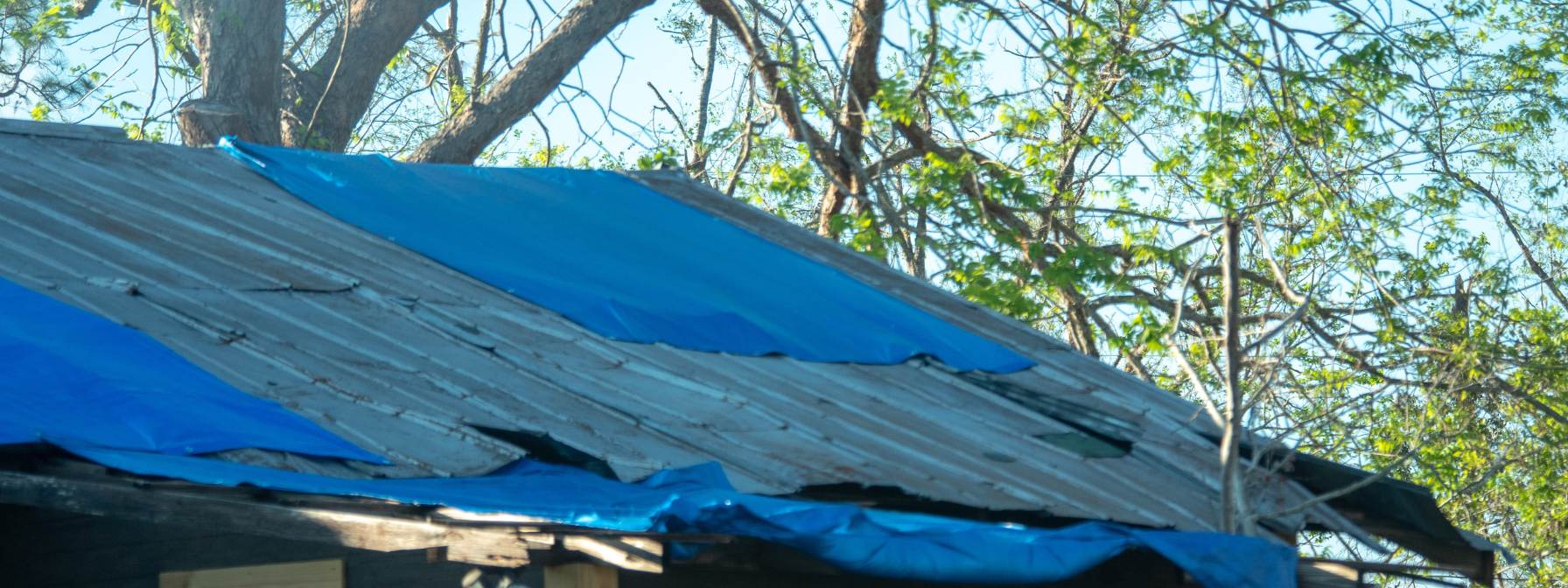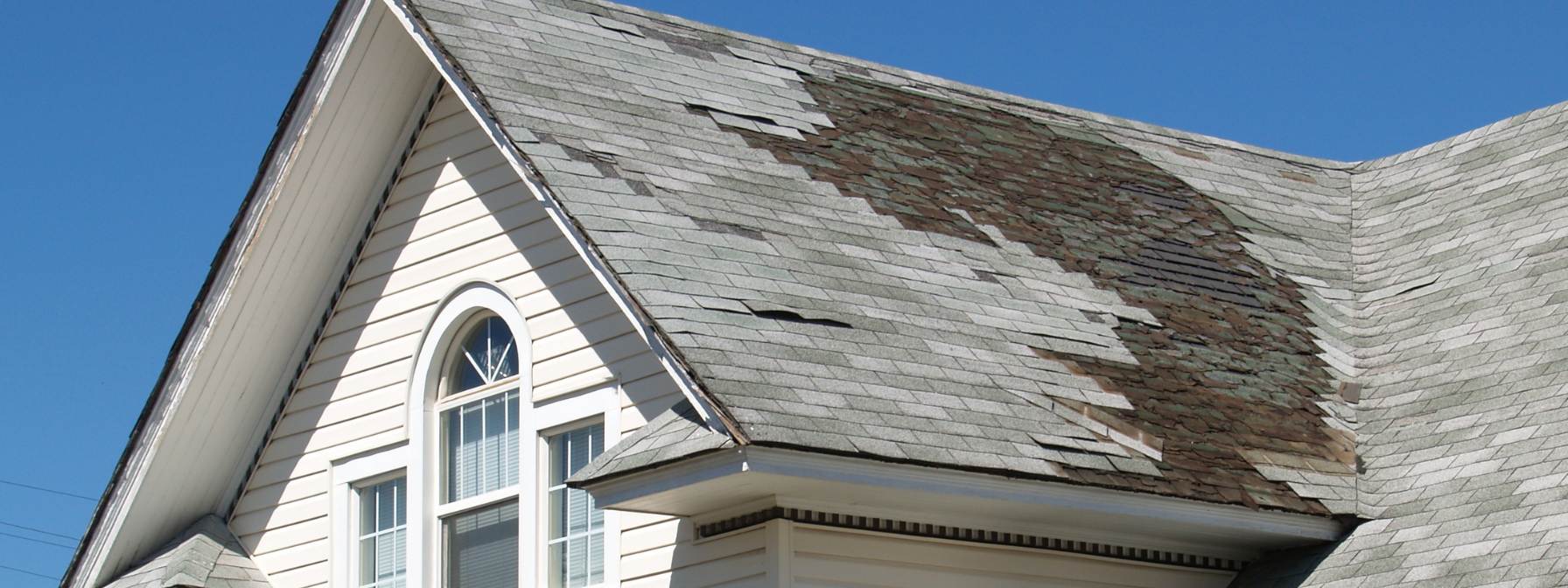
Emergency Roof Leak Fixes You Can Do Now
A roof leak can turn a mild inconvenience into a major headache, especially when it occurs unexpectedly. Understanding how to manage urgent roof repairs is essential for every homeowner. This guide will provide you with quick steps to identify the source of the leak and implement temporary fixes using materials like tarps, plastic sheeting, and roofing tape. By following these strategies, you can protect your attic and plywood from further water damage while buying time until a full roof replacement is possible. Don’t wait—take control of the situation with effective waterproofing methods now.
Identify the Source of the Roof Leak Quickly

To tackle a roof leak effectively, begin by inspecting your interior spaces for signs of water damage. Move on to examine your roof deck and shingles for any visible wear or missing roof tiles. Finally, use a garden hose to help identify the source of water entry, but only during dry weather to avoid exacerbating existing issues. Trace water stains inside your home carefully, as water often travels along beams or structures before appearing elsewhere. Once identified, use a suitable roofing sealant designed for outdoor use to address minor leaks temporarily.
Inspecting Interior Spaces for Water Damage
When inspecting your interior spaces for water damage from a leaky roof, focus on areas near the roofline and around windows or doors. Look for signs of discoloration, stains, or peeling paint, which may indicate that rainwater is seeping in. Additionally, check your ceilings for any bulging spots that could mean water accumulation, and ensure that your rain gutters are clear to prevent overflow that can exacerbate these issues.
Examining the Roof Deck and Shingles
Begin your roof inspection by closely examining the roof deck and shingles for any signs of damage. Look for cracked, curled, or missing shingles, as these can lead to severe water damage if left unaddressed. For flat roofs, ensure that the surface is free from debris and check for any blistering or pooling water, which can indicate a need for immediate roof repairs to prevent leaks and further structural issues.
Using a Garden Hose to Isolate Water Entry
To pinpoint the source of leaks effectively, using a garden hose is a practical approach. Start by having a helper in the area below the roof leak while you spray sections of the roof with water, one at a time. This method allows you to isolate the problem area quickly, so you can better understand where it's leaking and determine what action to take, whether that means contacting a roofer for further assistance or making your own home improvement repairs.
Apply a Tarp as an Emergency Measure
Choosing the right tarpaulin material is crucial for effective leak protection. Secure the tarp properly to prevent further water damage caused by debris and ensure it covers the affected areas adequately. This section will guide you in selecting the best tarp, securing it with adhesive materials around pipes, and maximizing ventilation to protect your home temporarily.

Choosing the Right Tarp Material for Effectiveness
When selecting a tarp for emergency roof leak fixes, consider materials that provide robust protection, such as heavy-duty polyethylene. This type of tarp is ideal for covering areas around brick, concrete, and cement structures as it resists tearing and can withstand various weather conditions. Ensure your tarp is large enough to cover the affected area thoroughly, which helps prevent mold growth by keeping moisture away from vulnerable surfaces during your inspection and repair efforts.
Securing the Tarp to Prevent Further Water Damage
To effectively secure the tarp and prevent further water damage, use screws to fasten it down along the edges, especially if dealing with metal roofing. Applying tar around the screw holes can create a waterproof seal, ensuring that water stays away from the area. Opt for a heavy-duty polyethylene tarp, as its durable construction can withstand harsh weather during your emergency roof installation until permanent repairs can be made.
Ensuring Proper Coverage Over Affected Areas
To ensure proper coverage over affected areas, carefully position the tarp to extend beyond the leak's edges, safeguarding against water entry. Focus on areas around tiles, flashing, and skylights, where leaks are often more prevalent. Use waterproof putty around any openings or gaps to further protect your home from moisture and pests while waiting for more permanent repairs.
Utilize Plastic Sheeting for Immediate Protection
Securing plastic sheeting on your roof can offer a temporary barrier against the elements, though it may be less durable than tarps in strong winds or heavy rain. Ensure the sheeting is fastened tightly to prevent it from lifting during storms and causing further damage. This solution protects your ceilings, siding, and other vulnerable areas from further water damage. You will learn how to maintain plastic sheeting stability to withstand wind, ensuring your home stays safe until permanent repairs can be completed.
How to Properly Secure Plastic Sheeting on the Roof
To properly secure plastic sheeting on your roof, begin by laying the sheeting over the area affected by roof leaks, ensuring it extends beyond the edges of any roof shingles or metal roof sections. Use sturdy duct tape to fasten the sheeting in place, especially around seams and edges, which helps create a reliable barrier against water infiltration. For added durability, consider applying a layer of bitumen underneath to enhance the seal, providing extra protection until you can perform permanent repairs.
Benefits of Plastic Sheeting During Emergencies
Using plastic sheeting during emergencies is an effective way to protect your home from a leaking roof. This temporary barrier can shield your interiors from water damage, especially if you quickly secure it with a strong adhesive around the edges. If you encounter challenges while on a ladder for installation or after the installation, consider reaching out for a free estimate from a roofing professional to explore permanent solutions that will fully address your roof leak.
Tips for Maintaining Plastic Sheeting Stability
To maintain the stability of plastic sheeting during an emergency roof repair, ensure that it is well secured to prevent wind from lifting it. Use a putty knife to smooth out any wrinkles, which can help create a better seal against leaks. Regularly check the sheeting for any signs of wear or detachment, as prolonged exposure to moisture can compromise its effectiveness, potentially leading to further drywall damage and increasing your need for a thorough roof repair.
Use Roofing Tape for Fast Repairs
Selecting the best roofing tape for your emergency roof repair is crucial for effective roof leak repair. You’ll learn how to apply roofing tape properly on various materials like wood, tar paper, and copper, ensuring a reliable temporary fix. Additionally, we'll discuss the longevity and performance of roofing tape, helping you understand how long you can expect it to hold up until permanent repairs can be made.
Selecting the Best Roofing Tape for Your Needs
When selecting the best roofing tape for your needs, consider the material of your roof. If your roofing is made of sheet metal, opt for a tape that adheres well to metal surfaces and can withstand severe weather conditions. Additionally, using tape with a strong adhesive will ensure that it bonds effectively, even in exposed areas like a shed, and is resistant to wear and tear, providing necessary security until you can implement a more permanent fix.
Steps for Applying Roofing Tape Effectively
To apply roofing tape effectively, first ensure the area around the leak is clean and dry. Begin by peeling back a portion of the tape and pressing it firmly onto the damaged spot, smoothing it out to eliminate air bubbles that can lead to further leaks. For best results, extend the tape beyond the edges of the repair area, securing it well to create a waterproof barrier that will protect your home until you can arrange for permanent repairs.
Longevity and Performance of Roofing Tape
When you need a quick solution for a roof leak, roofing tape can provide a reliable temporary fix that lasts for several months, depending on conditions. Its durability allows it to withstand various weather elements, making it a practical choice for immediate repairs. However, it’s important to monitor the tape regularly, as prolonged exposure to harsh weather can lead to wear, signaling the need for a permanent solution to ensure ongoing protection for your home.
Implement Silicone Caulk for Quick Leak Fixes
To effectively implement silicone caulk for quick leak fixes, start by preparing the surface to ensure proper adhesion. Next, follow the best application techniques to achieve maximum effectiveness and create a reliable seal. Finally, be aware of the curing time and usage tips for silicone caulk to optimize performance. These insights will help you manage roof leaks promptly and efficiently.
Preparing the Surface for Caulk Application
Before applying silicone caulk to address a roof leak, it’s important to prepare the surface properly. Start by cleaning the area around the leak to remove any dirt, moss, or debris, as these can interfere with adhesion. Ensure the surface is dry, as moisture can affect the seal’s effectiveness; for best results, choose a clear day for your repairs to guarantee the surface conditions are ideal.
Application Techniques for Maximum Effectiveness
To maximize the effectiveness of silicone caulk for your roof leak repairs, apply it on a clean, dry surface. Begin by cutting the tip of the caulk tube at a 45-degree angle, which allows for better control as you squeeze out the caulk. Use steady pressure to create an even bead along the leak's edges, filling any gaps or cracks fully to form a strong, waterproof seal that can prevent future leaks.
Curing Time and Usage Tips for Silicone Caulk
The curing time for silicone caulk typically ranges from 24 to 48 hours, depending on environmental conditions such as humidity and temperature. To ensure optimal performance, avoid exposing the caulk to water during this curing period, as this can compromise the seal's effectiveness. Additionally, apply the caulk in dry weather to achieve the best results, and consider checking the manufacturer’s guidelines for specific usage tips that can further enhance the durability of your repairs.
Exploring Tar Paper and Plastic Roofing Cement
Preparing surfaces for tar paper application is essential for creating a reliable barrier against leaks. In this section, you'll also learn how to use plastic roofing cement effectively to seal problem areas. Additionally, we will discuss the differences between temporary and permanent solutions with tar paper, helping you choose the right option for your emergency roof repairs.
Preparing Surfaces for Tar Paper Application
Preparing surfaces for tar paper application is key to creating a durable barrier against leaks. Begin by cleaning the area thoroughly to eliminate dirt, debris, and any loose materials that may interfere with adhesion. Once the surface is clean and dry, ensure that it's smooth, as any rough or uneven spots can compromise the effectiveness of the tar paper and lead to further leaks.
How to Use Plastic Roofing Cement Effectively
To use plastic roofing cement effectively, start by ensuring the area around the leak is clean and dry, as dirt or moisture can hinder adherence. Apply the cement sparingly, using a putty knife to spread a thick layer over the damaged area, filling any gaps or cracks you find. Make sure to smooth it out to create a strong, waterproof seal that can provide protection until more permanent repairs are made to your roof.
Temporary vs. Permanent Solutions With Tar Paper
When faced with a leaky roof, understanding the difference between temporary and permanent solutions using tar paper can significantly impact your repairs. Temporary fixes with tar paper provide immediate relief by covering leaks and preventing further water damage, making them ideal for urgent situations. However, these solutions may not last long under harsh weather conditions, so plan for a permanent fix that ensures lasting protection and stability for your roofing system.

Conclusion
Promptly addressing a roof leak is essential to prevent costly damage and safeguard your home from further deterioration. Identifying the source of the leak and applying temporary fixes, such as tarps, plastic sheeting, or roofing tape, can help mitigate immediate risks. For homeowners seeking a reliable and professional solution, Creative Home Solutions offers expert roof repair services tailored to your needs. By taking swift action and partnering with a trusted provider like Creative Home Solutions, you can protect your home, maintain its value, and ensure long-term security. Being proactive in your home maintenance today can save you from greater issues down the road.